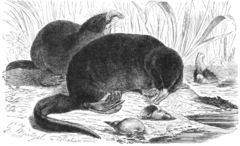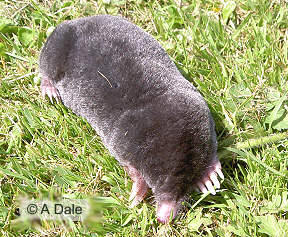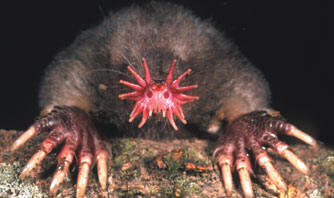
Mole Humour
Nothing really revolutionary has occurred in theoretical chemistry since quantum mechanics redefined the electron and gave us a new understanding of bonding. The Nobel prize for such research was awarded way back in 1954 to Linus Pauling. That has made chemists a little uneasy, and in spite of good popularizers such as Isaac Asimov, P.W. Atkins(especially) and Joe Schwartz, chemistry is not exactly the number one topic on the average person's mind.
But maybe there will be a new trend. Just yesterday, I stopped to investigate the popularity of the mole, and it's becoming quite influential. Incidentally, for those of you who don't know or remember, the mole is akin to a dozen, in that it's a fixed number that can apply to different substances. Unlike a dozen, the mole is large(6.0222 X1023) because molecules are so small that you need a large number to get a practical and measurable quantity. So for example, a mole of a small molecule like H2O is only 18 g or 18 ml, and a mole of the larger H2SO4 is 98 g .
Here's the evidence for the rising popularity of the mole.
| (1) A large beauty mark has been named in honour of the mole. . |  |
| (2) At least three mammals have been named after the mole: the hairy -tailed mole, the common mole and the star-nosed mole. |
 |
 |
 |
| An adult mole has 44 teeth, one of the largest
number for a terrestrial mammal. Students of freshman chemistry
often dislike the mole. Dogs hate them too. They have been known to dig
moles out of the ground and bite them to death. (see http://en.wikipedia.org/wiki/Mole_(animal))
|
| (3) A somewhat famous actress, Gretchen Mol, is named after the mole. Not surprisingly her father is a school principal. You may object and point out that her surname is written without an e, but a chemist's abbreviation for the mole is mol. |  |
Comments: euva@retired.ca
Copyright ©2006
Created:January/1/2001;